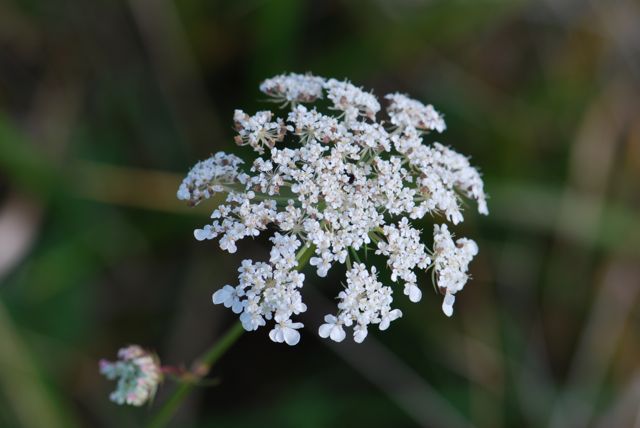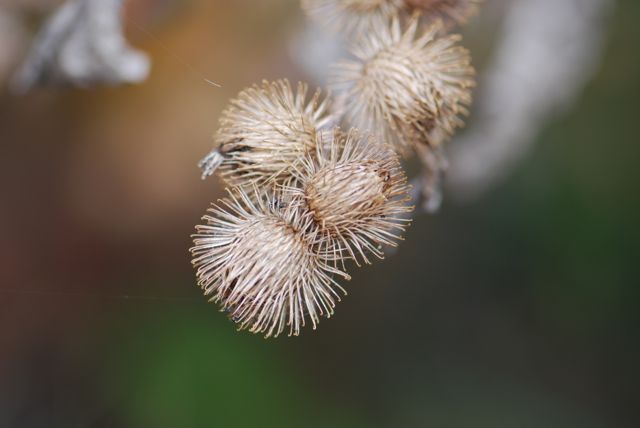In honor of World Water Day tomorrow (March 22, 2014) we have Water Can Be . . . by Laura Purdie Salas and illustrated by Violeta Dabija. For more information about the book, see the review at our sister blog, Wrapped in Foil.
Water Can Be... is perfect for World Water Day because Laura Purdie Salas has pledged to donate 10% of her royalties on this book to WaterAid.org, an organization that helps bring clean water and improved sanitation to areas that lack it.
Not only does the book help a charity, but it also is likely to be an inspiration for STEM-related activities.
At first glance, it might seem to be too lovely to be a serious science book.
Water can be a…
Thirst quencher
Kid drencher
Cloud fluffer
Fire snuffer
As you spend more time with the book, however, you begin to discover the depth Salas has incorporated into it. The back matter has “More About Water” with explanations for each phrase in the main text. In it Salas introduces children to such scientific vocabulary as “condense,” “water vapor” and “water cycle.” She explains how all living organisms need water to live, how it regulates temperature and how it can be a powerful natural force. It is sure to generate discussion and even more ideas about the importance of water.
Water Can Be… could be used to learn about the seasons, weather, the importance of water to living things, and even life cycles. Today, however, we are going to concentrate on water quality issues for World Water Day.
Science activities inspired by Water Can Be...
1. Water filtration experiments – modeling a real world event
In January 2014, there was a chemical spill into the Elk River of West Virginia (Wikipedia report). Residents of several localities that use the river as a source of water were told not to drink, cook with, or bathe in the contaminated water. How did the water treatment plant go about removing the chemicals from the water?
Water treatment plants use a variety of steps to clean water, but the most common are disinfection (using ozone or ultraviolet light, for example), coagulation (clumping contaminants so they are easier to remove), sedimentation (allowing contaminants to settle to the bottom), and filtration. Today we are going to concentrate on filtration.
One of the chemicals that was spilled into the water in West Virginia was reported to smell like licorice, which is how the spill was first noticed. Let’s model this real world event by adding some licorice candy to water and then try to remove it again.
Note: remind children to never eat or drink their science experiments! Just because the experiment involves food, doesn’t mean it is safe to consume.
Gather:
- Small colander or similar device
- Coffee filters
- Cheesecloth or similar material (optional) Note: paper towels are generally too absorbent to filter properly
- Clear plastic cups
- Clear jar with lid
- Licorice candy
- Water
- Activated carbon
Note: You can obtain activated carbon from most aquarium supply stores. The carbon is used in aquarium filters.
Step 1. Add a few pieces of licorice to roughly two cups of water and let it set overnight in a covered jar.
What happens?
 Ask the children to examine the contents of the jar and see what changes occurred. Has the color of the water changed? What about the smell? Has the licorice changed? Remove a piece and compare it with a fresh piece of licorice.
Ask the children to examine the contents of the jar and see what changes occurred. Has the color of the water changed? What about the smell? Has the licorice changed? Remove a piece and compare it with a fresh piece of licorice.
Explain that the licorice contains sugars, artificial colors, and other ingredients that are soluble in water.
The licorice I used contained palm oil, which formed a skim at the top of the water (thin darker red band). If your candy also contains oil, see if the children notice a similar layer. If they do not notice, you can point it out to them.
Step 2. Pour about half the liquid and a few pieces of soaked licorice into a plastic cup or glass. Set this aside so the children can compare their results later.
Step 3. Ask the children how they would remove the licorice from the water.
One way would be to filter the water.
Set up a colander. Line it with a coffee filter and some cheesecloth or similar material. Place the colander over a plastic cup or small bowl to catch the liquid.
Pour the remaining liquid and licorice through the colander.
What does the resulting liquid look like? What does it smell like?
The filtered water should be lighter colored (left), but it still will likely contain sugars, colorants, and smell like licorice.
Step 4. How can you remove even more of the contaminants?
Activated carbon is said to remove toxins, odors and discoloration from water. Will it help?
Clean the colander and replace the coffee filter with a new one. Add a layer of activated carbon to the bottom over the filter. The amount will vary with the size of your container, but try to add enough that the contaminated water must flow through the carbon. Rinse the activated carbon with clean water for several minutes to remove all the accumulated dust. Otherwise your sample will look like the one on the left, below:
After the carbon has been washed, pour the sample you previously filtered through the carbon in the colander and collect it in another clean, clear container.
What does the water look like now? How does it smell?
What would happen if you filtered it again? Do you think more of the licorice would be removed? Do you think it is possible to remove all of the chemicals from it?
Depending on what age children you are working with, you could take it to the next level with a more complicated water filter.
This video from Home Science Tools shows how to make a water filter using a large soda bottle. It uses coarse sand, fine sand and pebbles. See full instructions at their website.
You could also add activated carbon to this filter.
Extension: If you search around the Internet, you will find some filters that layer the ingredients in the order: Sand at the bottom, pebbles in the middle and charcoal on top (to receive the water first). Other filters show that charcoal on the bottom, the pebbles in the middle and the sand on top. Which way do you think will work best? Why? Now build two filters, one each way, and compare them.
The Water Project website has more links to Water Pollution and Filtration Science Experiments for Kids.
2. Using STEM to help people gain access to better quality drinking water.
According to WaterAid, women in developing countries walk an average distance of 4 miles each day to gather water for their families use. A typical can of water that these women carries weighs 40 pounds (5 gallons x 8 pounds/gallon). The water they gather is also often dirty and may contain disease-causing organisms. How can STEM help?
In one example, an engineering student at Arizona State University has come up with a way to allow women to carry more water more easily, plus the water is cleaned and disinfected during transport. The new invention is called Safe SIPP. You can see more about it in the video below. Note: you might want to preview the video before showing it to sensitive children because it does talk about how unsafe water results in children dying.
Want to learn more about water? The American Chemical Society has a The Wonder of Water activity guide to download at the website (see right sidebar on the page for link). Visit the archive as well for another activity guide, Water in Our World.
Let’s not forget Water Can Be . . . (Millbrook Picture Books)., a little book with a huge message about the importance of water that inspired our post today.
Ages 5-8
Series: Millbrook Picture Books
Publisher: Millbrook Pr Trade (April 1, 2014)
ISBN-10: 1467705918
ISBN-13: 978-1467705912
Disclosures: This book was provided electronically for review via NetGalley. Also, I am an affiliate for Amazon, and if you click through the linked titles or ads and make a purchase, I will receive a small commission at no extra charge to you. Proceeds will be used to maintain this self-hosted blog.
Come visit the STEM Friday blog each week to find more great Science, Technology, Engineering and Math books.























